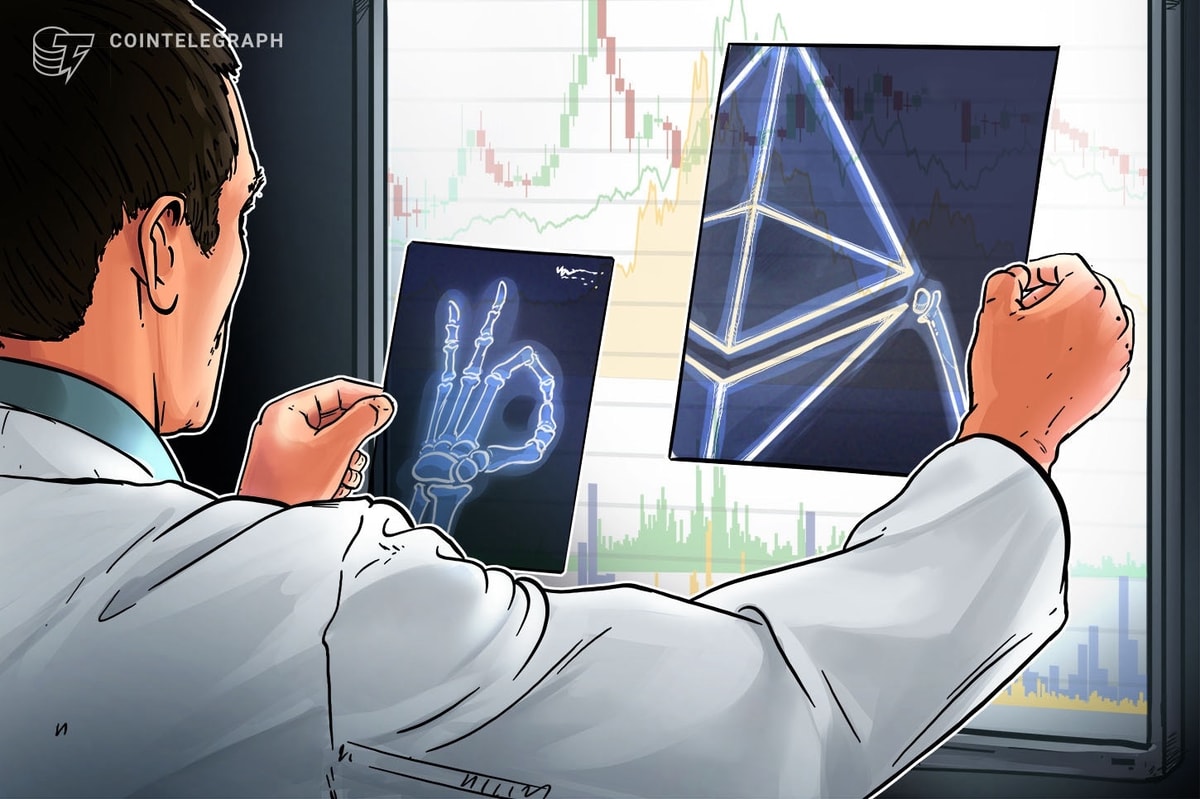Ether (ETH) experienced a 20.7% weekly correction between Jan. 6 and Jan. 13, reaching a low of $2,924 and triggering $395 million in leveraged long ETH liquidations. The move tempered bullish sentiment, yet contrary to expectations, Ether derivatives suggest strong interest from both retail and institutional buyers.
Ether 2-month futures annualized premium. Source: Laevitas
In neutral markets, the ETH monthly futures premium typically trades 5%–10% above regular spot prices, reflecting the extended settlement period. Despite the recent drop below $3,000, this indicator remained above the threshold, signaling optimism from whales and market makers.
Although Ether posted 42.7% gains in 2024, sentiment among traders remains subdued. The asset failed to reach a new all-time high, peaking at $4,105 on Dec. 16. Additionally, its main competitors, Solana (SOL) and BNB (BNB), have outperformed ETH by 2% year-to-date in 2025. This underperformance contributed to retail traders’ apathy, aligning with the price movement.
Ether perpetual futures 8-hour funding rate. Source: CoinGlass
The Ether perpetual futures funding rate held steady at 0.6% per month, slightly below the 0.9% recorded two weeks earlier but still within the neutral 0.5%–1.5% range. Bearish sentiment would typically drive this indicator below zero, where short sellers would incur funding costs.
ETH faces resistance at $3,200, delaying confidence in a sustained rally
ETH derivatives markets show limited bearish pressure at the $3,000 level. However, the failure to reclaim $3,200 on Jan. 14 highlights potential delays in achieving a sustained rally toward $3,600. Significant obstacles must be cleared before investors gain confidence in a long-term recovery.
Ethereum network transaction fees, averaging $2.70, remain high compared to competitors like Solana and BNB. Critics, including DefiIgnas, argued on X that many Ethereum layer-2 solutions lack fairness, decentralization and “value accrual” to ETH itself, as the companies managing these networks often capture value for their own benefit.
Concerns about layer-2 security have also been raised. Hasu, a strategist at Flashbots and Lido, stated on X, “L2 are their own chain, with their own rules and governance. Only bridged assets inherit the security of the L1.” This highlights a common misconception that layer-2 transactions share the same security as Ethereum’s base layer.
Ether’s path to $3,600 depends on roadmap progress
Ethereum network fees, including validator tips, declined 28% week-over-week, according to Dan Smith, a data analyst at Blockworks Research. In contrast, Solana’s fees and tips rose by 22% over the same period. Additionally, total revenue and tips generated across all Ethereum layer-2 networks amounted to just $1.1 million in the past seven days.
Related: Solana, XRP ETFs may attract billions in new investment — JPMorgan
Despite these challenges, Ethereum remains the leading platform for decentralized applications (DApps), with $64.5 billion in total value locked (TVL). In comparison, Solana, its closest competitor, holds $8.6 billion. Notably, Ethereum’s layer-2 ecosystem contributes $10.2 billion to the overall TVL, reflecting its growing significance within the network.
Ultimately, Ether’s ability to reach $3,600 or higher hinges on the progress of Ethereum’s roadmap. Many decentralized finance (DeFi) users are opting for more centralized systems in exchange for lower fees, undercutting Ethereum’s decentralized ethos. As a result, while ETH derivatives markets show moderate optimism, it is insufficient to boost trader confidence significantly in the short term.
This article is for general information purposes and is not intended to be and should not be taken as legal or investment advice. The views, thoughts, and opinions expressed here are the author’s alone and do not necessarily reflect or represent the views and opinions of Cointelegraph.

Leave a Reply